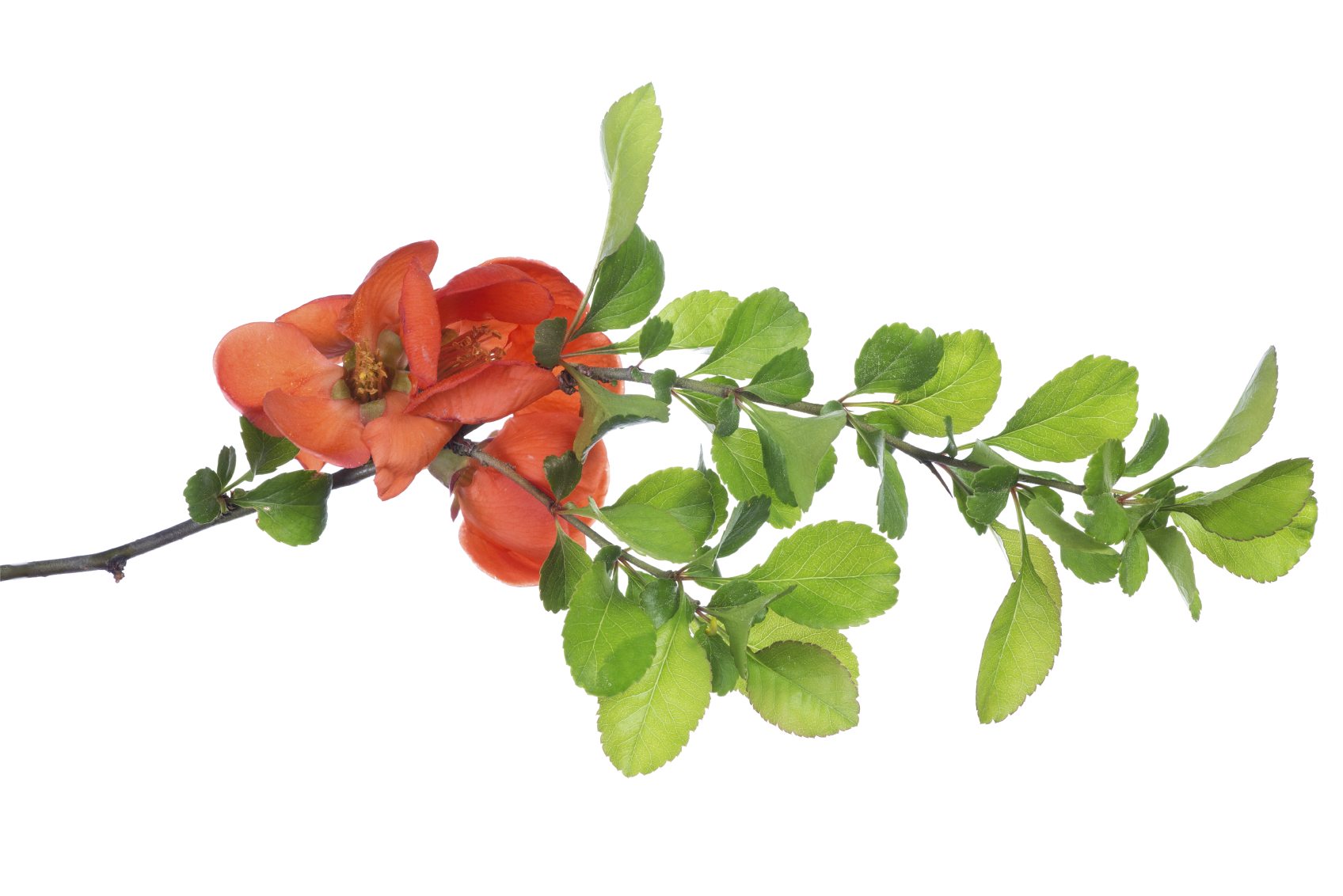Propagating Pomegranate Trees: How To Root A Pomegranate Tree


Pomegranate trees are lovely additions to your garden. Their multiple stems arch gracefully in a weeping habit. The leaves are shiny green, and the dramatic blossoms are trumpet-shaped with orange-red ruffled petals. Many gardeners love the luscious fruit. It’s such a delight to have a pomegranate tree in your garden that it only makes sense you might want two, or even three. Luckily, growing a pomegranate tree from cuttings is cost-free and relatively easy. Read on for information about how to root a pomegranate tree from pomegranate tree cuttings.
Pomegranate Tree Propagation
If you’ve ever eaten a pomegranate, you know that the center contains hundreds of crunchy seeds, each in its own fleshy covering. The trees propagate readily from seeds, but there is no guarantee that the new trees will resemble the mother tree. Fortunately, there are other methods of pomegranate tree propagation, like using pomegranate tree cuttings. If you are propagating pomegranate trees from cuttings, you get a tree of the same species and cultivar as the parent. In fact, growing a pomegranate tree from cuttings is the preferred method of pomegranate tree propagation.
How to Root a Pomegranate Tree
Growing a pomegranate tree from cuttings requires a hardwood cutting taken at an appropriate time. You should take pomegranate tree cuttings in late winter. Each cutting should be about 10 inches (25.5 cm.) long and taken from year-old wood that is ¼ to ½ inch (6 mm. to 1 cm.) in diameter. Dip the cut end of each pomegranate tree cutting in a commercial growth hormone immediately after taking the cutting. You can allow the roots to develop in your greenhouse before planting. Alternatively, you can plant the cuttings immediately in their permanent location. If you plant the cuttings outside, select an area in full sun with well-draining, loamy soil. Insert the lower end of each cutting into the worked soil. Arrange the level of the cutting so that the top node remains above the soil. If you are multiple propagating pomegranate trees, not just one tree, plant the cuttings at least 3 feet (1 m.) apart if you wish to grow a shrub. Plant them 18 feet (5.5 m.) apart or more if you intend to grow the cuttings into trees.
Sign up for the Gardening Know How newsletter today and receive a free copy of our e-book "How to Grow Delicious Tomatoes".

Teo Spengler is a master gardener and a docent at the San Francisco Botanical Garden, where she hosts public tours. She has studied horticulture and written about nature, trees, plants, and gardening for more than two decades, following a career as an attorney and legal writer. Her extended family includes some 30 houseplants and hundreds of outdoor plants, including 250 trees, which are her main passion. Spengler currently splits her life between San Francisco and the French Basque Country, though she was raised in Alaska, giving her experience of gardening in a range of climates.